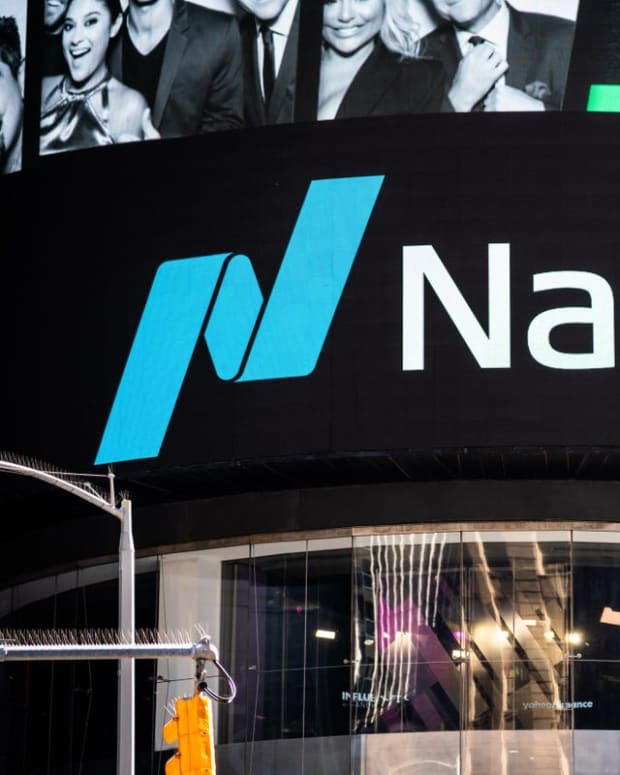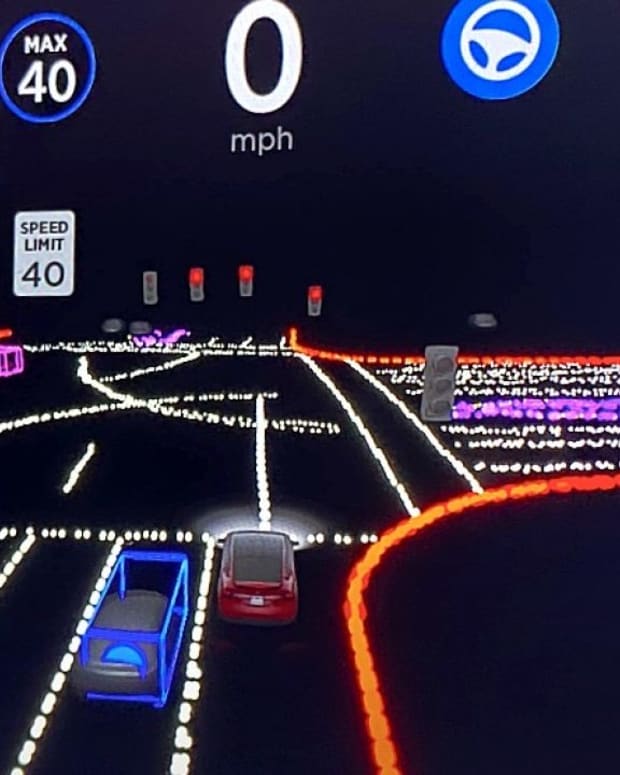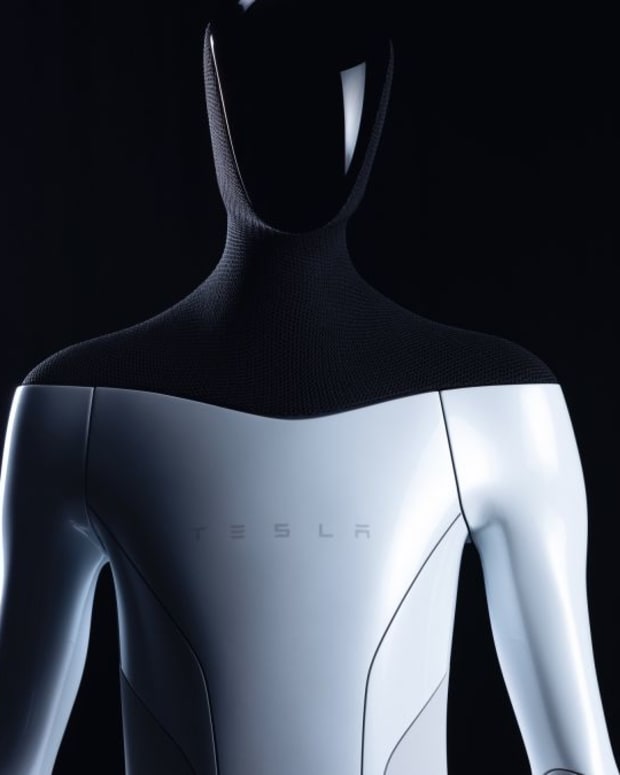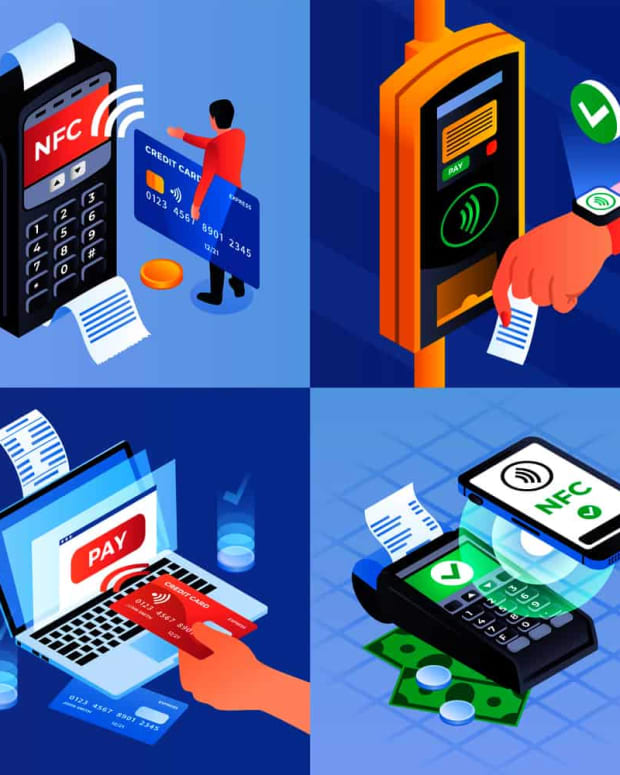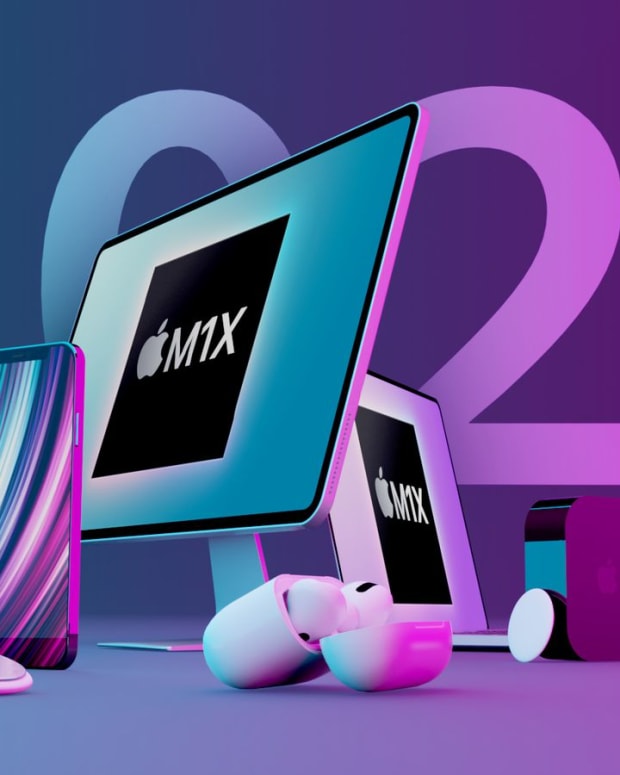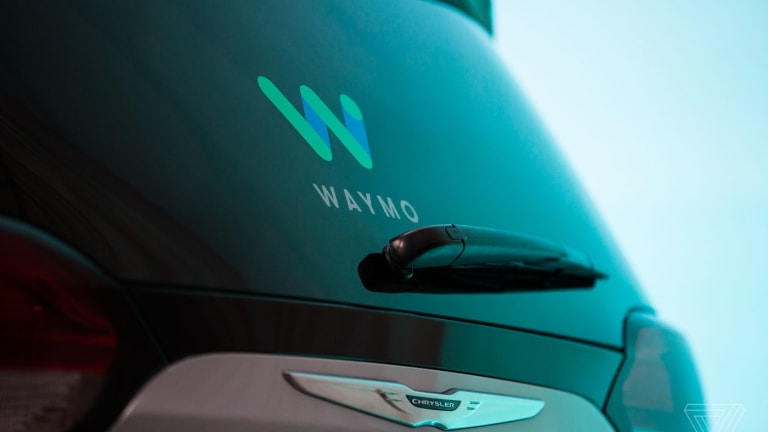
Waymo Could Drive Alphabet Stock
Another fleet of self-driving cars company is coming to the streets of San Francisco. This time it might actually be noteworthy.
Waymo, the self-driving car subsidiary of Alphabet (GOOGL), is coming back to public streets in Northern California. It’s an important ride for Waymo. The company seems to be losing its way in the race for automation.
This Bay Area thing needs to work.
Waymo has been on the self-driving trek for a decade. Research began in 2009 when Sergey Brin, Google’s co-founder, splintered off a handful of gifted engineers to work out the math for vehicle automation. Brin promised in 2012 to have an operational vehicle within 5 years. He was right, sort of.
In 2015 Steve Mahan became the first rider in a fully self-driving car on public roads. He was grinning ear to ear as the test car zipped along the streets of Austin, using sensors to navigate through intersections and around pedestrians. Technology put Mahan alone in a moving car for the first time in 12 years.
Except the ride was a controlled test. It turns out that this whole self-driving thing is a lot harder than engineers first thought, even the super brainy ones at Google.
John Krafcik, Waymo’s chief executive since 2015 stepped down in April. The departure was viewed as a sign problems were mounting at Waymo.
The business has been operating a fleet of 300 tricked-out, self-driving Pacifica minivans. The rides are fully autonomous. There are no safety drivers. Unfortunately, the entire fleet is still operating in a tightly mapped, geo-fenced grid in section of Chandler, Mesa and Tempe, Arizona. And the software is still clearly a work in progress.
Saswat Panigrahi, the director of product at Waymo admits to working out the bugs for protocols for emergency vehicles, like pulling over or relinquishing control.
The San Francisco project seems like a reboot.
Customers apply through the Waymo One smartphone app to become a trusted tester. Once approved testers will be able to enter their destination in a smartphone app, summon the vehicle and ride for free in Waymo’s autonomous Jaguar I-Pace SUVs. The catch is testers can’t talk about the experience and a driver will come along for the ride.
The latter makes perfect sense. Waymo has no significant data to operate the vehicle autonomously. This is an opportunity to get that data while testing new software in the real world.
The prize is big.
Most passenger vehicles are parked 95% of the time, according a research paper from Donald Shoup, a professor of urban planning at UCLA. Increasing use, even marginally is a big business opportunity.
If cars and light trucks were functionally autonomous, there would be no need for individual ownership. Passengers could hail a vehicle with their smart device, set the destination and pay for the service without any human intervention. Killing ownership would also kill the cost of maintenance, fuel and insurance.
McKinsey and Co., a global business management company, expects the shift to autonomous robo-taxis could be a $2 trillion opportunity. This is a business segment that does not currently exist.
A year ago, Morgan Stanley analysts said that Waymo might be worth as much as $108 billion as a standalone company, given its lead on self-driving technology. There is reason today to question that analysis. The vehicles are not really self-driving under normal circumstances.
Waymo is still an extremely small part of Alphabet. Even total failure would not be devastating for the parent company. It would merely be a black eye.
Investors should watch this San Francisco project with keen interest. Waymo needs to make real progress with its software.

